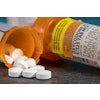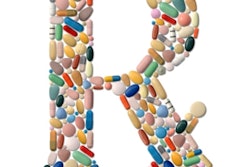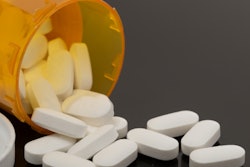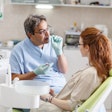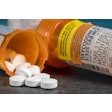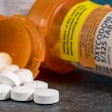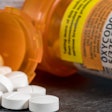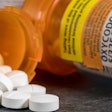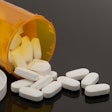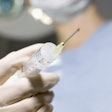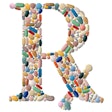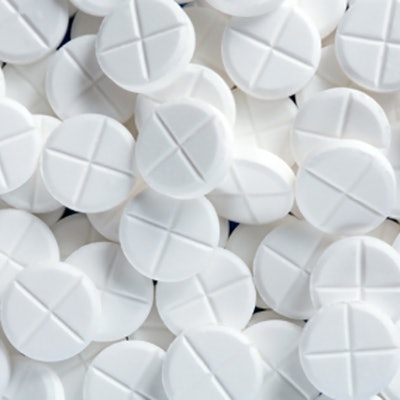
Overdose risk is nearly three times higher for patients who fill opioid prescriptions after undergoing dental procedures, according to a study published on April 29 in the American Journal of Preventive Medicine.
Additionally, the risk of overdosing may double for family members of those dental patients. The findings strengthen the case that opioids should not be prescribed for most dental pain, the researchers wrote.
"Findings further highlight the importance of avoiding unnecessary dental opioid prescribing," wrote the group, led by Dr. Kao-Ping Chua, PhD, of the department of pediatrics at the University of Michigan Medical School.
In 2016, dentists dispensed 11.4 million prescriptions for opioids in the U.S. -- a per-capita rate 50 times greater than in the U.K., the authors noted. Understanding whether there is an association between dental opioid prescribing and increased overdose risk in patients and their families may help reduce unnecessary opioid prescriptions.
To better understand the link, the researchers reviewed 8.5 million dental procedures that occurred between 2011 and 2018 and were covered by public and private insurance. They analyzed procedures where a patient filled at least one opioid prescription within three days of a procedure.
The researchers used logistic regression to evaluate the link between exposure to the medication and at least one overdose within 90 days of a procedure for patients and their family members. They then calculated the average marginal effect of the exposure, representing the change in probability of the outcome based on those who did and did not fill prescriptions.
Of patients covered with private and public insurance, approximately 27% -- or 2.3 million -- filled prescriptions for opioids, including oxycodone. Problem-focused limited oral evaluation, which often refers to acute dental pain, was the most common procedure that led to an opioid prescription. This was followed by tooth extraction and endodontic therapy, they wrote.
Of those patients who obtained opioids, 2,682 overdoses occurred within 90 days of their dental procedures. The rate of overdose was 5.8 per 10,000 procedures among those who filled opioid prescriptions, compared with 2.2 per 10,000 procedures among those who did not.
Approximately 400 family members experienced overdoses within 90 days of their relatives' dental procedures. The rate of overdose was 1.7 per 10,000 procedures among family members of patients who filled prescriptions, compared with 1 per 10,000 procedures among those who did not get the medication filled. About 42% of those family members who overdosed were the patients' children, the authors wrote.
One limitation of the study was that data about race, income, and undiagnosed substance use disorders, all of which may affect the likelihood of opioid prescribing and overdose, were not available. Nonetheless, more studies should be completed to determine the direction opioid initiatives and policies should follow to help decrease unnecessary prescribing, according to the authors.
"This study contributes to growing literature demonstrating the harms of dental opioid prescribing," Chua and colleagues wrote.



